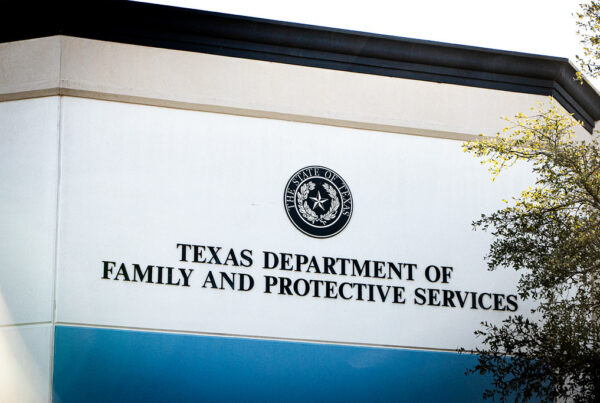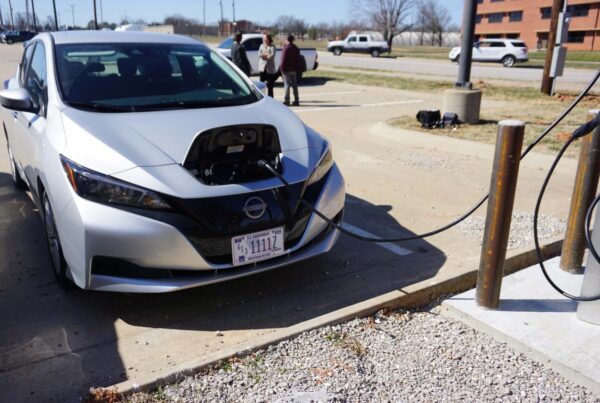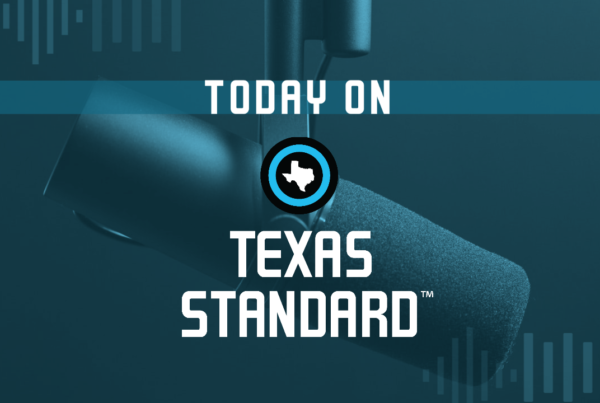When the pandemic began, we all adjusted — or tried to adjust — to a world where interactions happened mostly over screens, and that included doctor’s appointments.
With the early days of lockdown long behind us, telehealth has remained an option for many patients seeking health care. But that’s about to change.
President Biden announced that the public health emergency will end May 11, and without that emergency order in place, some patients may have to return to in-person medical care.
Dr. Thomas Kim, a psychiatrist based in Austin, said a silver lining of the pandemic was the expansion of telehealth.
“What I tend to consider the gift of the pandemic was a sweeping relaxation of a lot of the historic barriers to conducting telehealth care,” he said. “They removed location requirements, a variety of other regulatory things from technology reimbursement rules, licensure and that truly allowed in an organic fashion all of my peers and colleagues to have a firsthand look at what the true value proposition of telehealth is.”
Kim clarified that telehealth will remain an option for many patients, even after May 11.
“Telehealth remains alive and well,” he said. “With the ending of the public health emergency as the trigger, a variety of these relaxations are being sort of pulled back and they do have implications, both positive and negative, that many of us in the field are currently trying to navigate as the deadline of May 11 approaches.”
A good example is the prescription of controlled substances. During the pandemic, patients could get prescriptions to medications classified as controlled substances via telehealth. With the emergency order ending, Kim said that will no longer be the case — and this could have some negative consequences.
“A whole host of people requiring all manner of controlled substances, whether they be pain medicines or anxiety medicines, were allowed to find a specialty provider of some scarcity because they didn’t have to drive 300 miles right across state lines in order to find the provider they’re needing,” he said. “I believe that our experience of the pandemic has demonstrated that telehealth can be an incredibly useful core tool that all physicians can do, rather than the historic sort of something that some people do at the periphery of the healthcare system.”
Kim said there is an opportunity for state lawmakers to expand access to telehealth in Texas based on the lessons learned during the pandemic.
Until that happens, however, Kim said it might be best to make a plan with your doctor if you need to start visiting in person.
“I think it depends on the nature of the relationship that people have with their telehealth provider,” he said. “I don’t mean to sort of make a sweeping statement, but young, healthy people tend not to establish ongoing longitudinal relationships and they find the sort of one off visits through telehealth just a wonderful boon to their lifestyle,” he said. “For those who do have established relationships, my hope is that your relationship will not change all that much outside of the handful of regulatory sort of clawbacks that are happening.”














